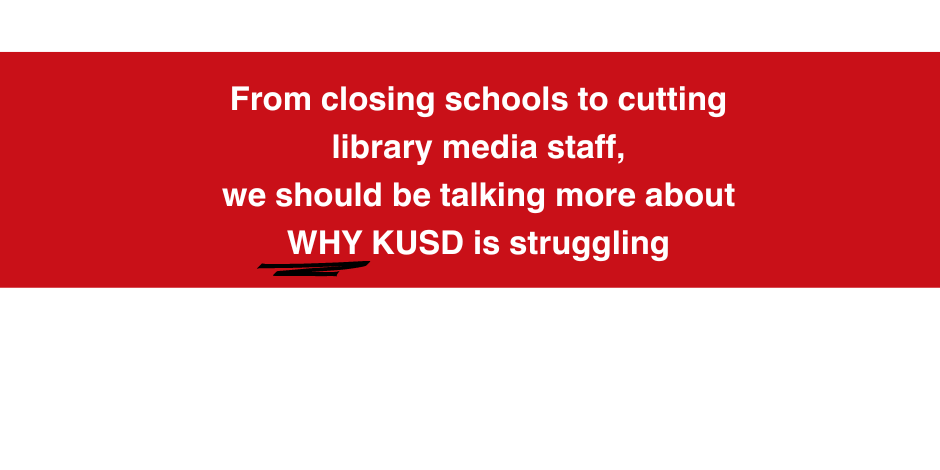At Tuesday night's KUSD school board meeting, the board took a vote to cut down the number of Library Media Specialist positions. It came down to a choice between these specialists and reading intervention specialist. You can watch the board discussion here starting at 1:29:15.
This comes after the KUSD school board voted to close 6 schools in December.
So why is KUSD school district, and other districts across Wisconsin, in this financial position?
There are many factors that are impacting school districts, including KUSD, but one of the biggest factors is policy decisions made in Madison that have hamstrung and defunded public schools in Wisconsin for decades.
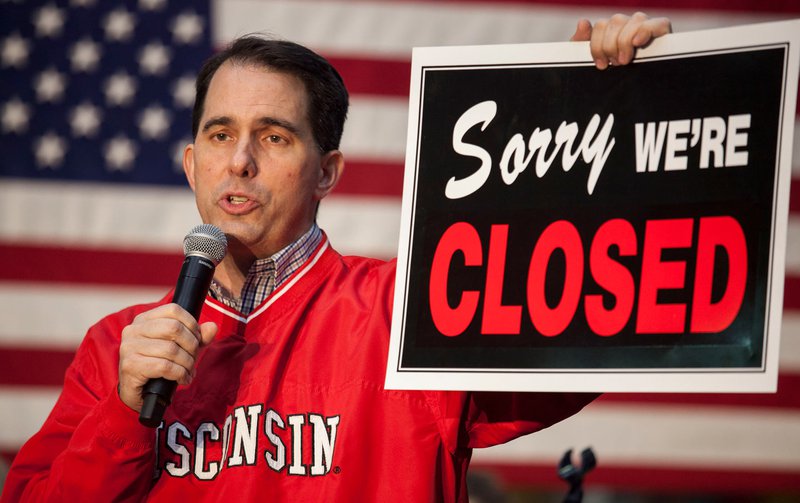
The Scott Walker Era
The Walker era ushered in significant changes to how public schools are percieved and how they are funded, how they can raise money and led to Wisconsin taxpayers now supporting TWO separate school systems:
- public schools; and
- for-profit and religious private schools.
"Scott Walker’s assertions about public schools, our teachers, and the public employees who he decided to single out because, historically, these groups didn’t vote for him, was an elaborate and well-told lie intended to divide our state and destroy his political opponents. And, boy, did Walker’s plan ever work for Walker! It boosted his national profile and his political aspirations. But for us Wisconsinites, Walker’s plan has been devastating to the quality of our children’s educations; devastating to villages, towns and cities throughout Wisconsin where public schools are the heartbeat of these communities: devastating to our state’s reputation where public education was once our national treasure; and devastating to our teachers, (who are) being routinely humiliated and undervalued."
-Andy Gronik, Wisconsin entrepreneur and business leader.
Scott Walker's administration was viewed by many as being hostile to traditional public schools and teachers.
Early in his first term as governor, Walker launched an assault on teachers unions and slashed funding for public schools. In 2011, he signed Act 10, a law that severely cut the power of public employee unions to collectively bargain — but he exempted the unions of police, firefighters and state troopers (who supported his election campaign) from those changes. It was clear that Act 10, which also cut benefits of public union employees, was aimed at teachers.
Walker also slashed hundreds of millions of dollars from public school funding early in his tenure. And though he raised funding later, he never made up the difference from what had been lost. And while doing this, he expanded the state’s voucher programs in his 2015 budget-meaning Wisconsin taxpayers were how having to fund two separate and unequal school systems.
The impact of Walker's Act 10 hit public schools hard, with research showing:
In the year immediately following the law’s passage, median compensation for Wisconsin teachers decreased by 8.2 percent in inflation-adjusted terms, with median benefits being cut by 18.6 percent and the median salary falling by 2.6 percent. Median salaries and benefits continued to fall during the next four years so that median compensation in the 2015-16 school year was 12.6 percent—or $10,843 dollars—lower than it was before the passage of Act 10.
The percentage of teachers who left the profession spiked to 10.5 percent after the 2010-11 school year, up from 6.4 percent in the year before Act 10 was implemented. Exit rates have remained higher than before, with 8.8 percent of teachers leaving after the 2015-16 school year— the most recent school year for which data are available.
The percentage of teachers with less than five years of experience increased from 19.6 percent in the 2010-11 school year to 24.1 percent in the 2015-16 school year.

Changes to Revenue and Revenue Limits Pose Unique Challenges to Wisconsin Schools
Republicans in the state legislature changed the way Wisconsin handled shared revenue. Shared revenue is money Wisconsin collects from taxpayers in varoius forms (such as sales tax and income tax) that is then sent back to fund services provided by counties and municipalities. It is up to local municipalities to decide how to spend the money, but shared revenue money is often used to fund things like schools and emergency services.
State aid has long been a crucial component of county revenues. Across Wisconsin’s 72 counties, aid from the state funds about 27% of the cost of services. The lion’s share of this aid comes through the state’s shared revenue program.
While while Republican's legislative changes saw state income tax revenue triple between 1993 and 2021, state aid has remained stagnant in recent decades.
For the past 14 years, Wisconsin's state aid to local municipalities hasn't even kept up with cost increases due to inflation, meaning schools have been negatively impacted. The per pupil funding, determined by the 3rd Friday count, hasn't come close to keeping up with inflation.
School districts across the state were locked in at different amounts for each district depending on what they spent the prior year. The limits initially rose each year with inflation, but that provision was deleted in 2009, and any increases since have been left to the discretion of lawmakers in Madison, who've been disinclined to invest in public school education.
Additionally, Wisconsin's funding stream for special education services only covers a third of the costs, leaving school districts to pull from their general aid to cover the rest. Research shows this falls hardest on districts with higher rates of poverty, where there are more students with disabilities and schools must spend more on special education services.
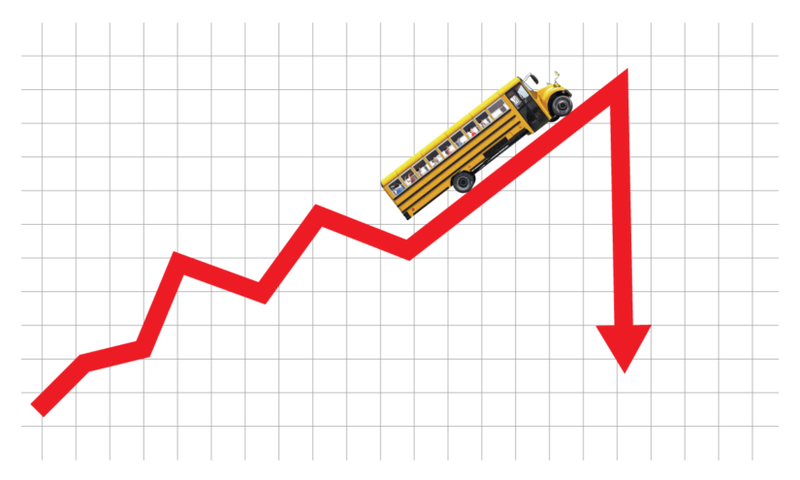
KUSD and Other Districts Are Falling Off a Fiscal Cliff
What makes this moment uniquely troublesome for schools, according to Marguerite Roza who directs the Edunomics Lab at Georgetown University, is the federal funding cliff.
School districts will not be able to spend federal pandemic relief dollars after this September. Some districts may still receive some services funded by those dollars if the contracts are signed before the end of September, but they are not allowed to sign new contracts after that date or use the money to pay for employees.
It is estimated that on average, school districts will have to reduce their budgets by $1,000 per student. The fall will be farther for high poverty districts, which received more federal funding.
"And if it's a district that's seen larger enrollment dips, it's a real double whammy. Plenty of districts are in financially dire situations, or at least financially disruptive," Roza said, adding that districts across the country are having to close schools and cut staff. "Decisions have to be made, and making those decisions is very hard for school districts."
While pandemic relief funds were intended to fund one-time extra services and supplies for students to keep up during the pandemic, the reality is many students are still behind and require extra services, just at a time when funding is ending. In addition, because schools were financially struggling prior to the pandemic, some of that money went in to providing other important school services.
Meanwhile, the state is sitting on a $7 billion surplus which Gov. Evers has tried to send back to public schools, but he has been largely blocked by Republicans in the state legislature.
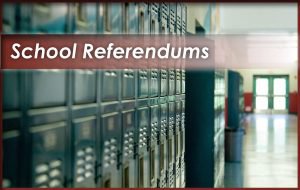
While Most Districts Have Turned to a Referendum, KUSD Hasn't
Rising costs and reduced state funding means more districts turned to referendums for funding.
Since 1993, the state has imposed revenue limits on school districts. Wisconsin Republican's 1993-95 budget imposed severe revenue limits on school districts; they voted to make permanent in the 1995-97 budget. These limits put restrictions on local communities ability to raise funds for their schools, even if they want to do so. Since 1994, school districts have been forced to raise money through referenda to exceed the state imposed revenue caps.
Almost 950 referenda have been held in Wisconsin since 1994 to fund schools. Approximately 85% of Wisconsin’s school districts have used referendums to raise funding.32 school districts will have school referenda on their ballots to fund schools this spring.
School referendums tend to be popular with voters. In April 2023, voters in Wisconsin communities approved 46 referendum and rejected 37.
Kenosha's last referendum was in 2008, with three of its last referendums passing. The 2008 referendum passed by Kenosha voters raised taxes by 11 cents per $1,000 of assessed property value.
KUSD school district, one of the largest in the state, is the only large district not to hold a referendum in the past decade.
While the community is increasingly urging the district to consider a referendum,
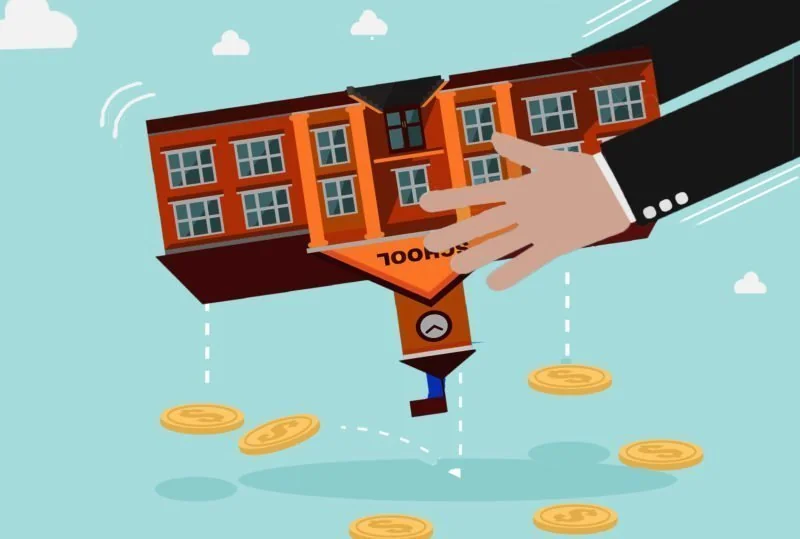
Wisconsin Choice Program Hurts KUSD Schools
As if the attack on public schools and public school teachers that began during the Walker era weren't enough to defund and damage public schools, the introduction of Wisconsin's Choice program further accelerated the struggles of Wisconsin public schools. Republican's legislation to advance school choice resulted in Wisconsin taxpayers funding two separate school systems: the public schools and private for-profit and religious schools.
Currently there are 8 either religious or for-profit choice schools in Kenosha which siphon public taxpayer dollars away from public schools. Approximately1000 students attend those schools on taxpayer-paid vouchers.
Since the money follows the student in this funding model, students who leave for choice schools take their money with them. But public schools are left to still pay for teachers, school buildings, utilities, etc. even if a few children at each grade level take their funding and leave. So public schools are essentially being defunded under this model. And after the 3rd Friday count, any student who leaves or is removed from a Choice school and returns to a public school leaves the money behind at that Choice school, meaning public schools will educate that child without the funding.
And while public schools are required to educate students, school choice schools are not. Choice schools can remove students for behavioral issues and may even discriminate against students who are LGBT or have disabilities, despite receiving taxpayer dollars. And after the 3rd Friday count, Choice schools hang on to the funding of students that they've chosen to remove.
And what's worse, test results show that public school students far outpace Choice school students on standardized tests.
Which means Wisconsin taxpayers are paying for an inferior product while being forced to rob public schools of the funds they need to operate.
And despite Republican's claims that the Choice program gives options to families, data shows a majority of students participating in these programs were already enrolled in those private schools or were homeschool students prior to signing up for the expanded, publicly funded education subsidy.
As a result, all that has been accomplished is shifting taxpayer money from public schools to private schools, which provide a poorer education according to test data, which are permitted to expel students for a variety of reasons (keeping their funding) and the majority of children in those private schools come from families who could already afford to pay for a private school education.
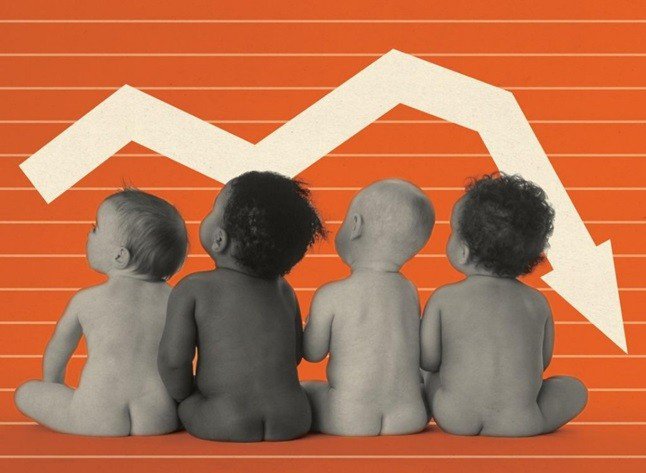
Other Factors Impacting KUSD
Across Wisconsin, trends related to people moving to and from other states or nations, an aging population, and falling birth rates all affect the number of school age children attending public schools.
The number of people moving in and out of a state is driven in large part by age as well as social and economic factors. In the 1990s, Wisconsin experienced a strong growth of 227,637 people moving into the state, followed by a smaller increase in the 2000s with 79,938 newcomers.
Although there was an increase of school-age children moving to Wisconsin between 2010 and 2015, there was a decrease of people ages 20-34. That drop had an important impact on the number of children born in the state, as women in that age group were in their prime childbearing years.
Wisconsin public schools have lost more than 32,000 students since 2019 due to an increase in private and home school enrollment and a decline in the birth rate.
KUSDs enrollment count was down slightly at the beginning of this school year. "We were as near spot-on as projected," said Kenosha Unified's Chief Information Officer Kris Keckler. "(The decrease) is due to a declining birth rate, not a mass exodus of students," Keckler said. "There are fewer babies being born."
It should come as no surprise, considering all of the above factors, that public schools like KUSD are struggling as a result of both policy decisions made in Madison, the school Choice program and declining birth rates. KUSDs decision not to go to a referendum, like other school districts of its size, is also impacting its funding.
Electing pro-public school candidates - locally and to represent us in Madison - is important for our school district.
On April 2nd, there is an important election for KUSD school board. There are 4 open seats on the board and nine candidates on your ballot.
Members of the Kenosha Democratic Party have voted to endorse the following PRO-PUBLIC SCHOOL candidates.
To learn more about Todd Alan Price, follow his social media here.
To learn more about Mary Modder, follow her social media here.
To learn more about Write In candidate Robin Cullen, follow her on social media here.
To learn more about Sabrina Landry, follow on her social media here.
